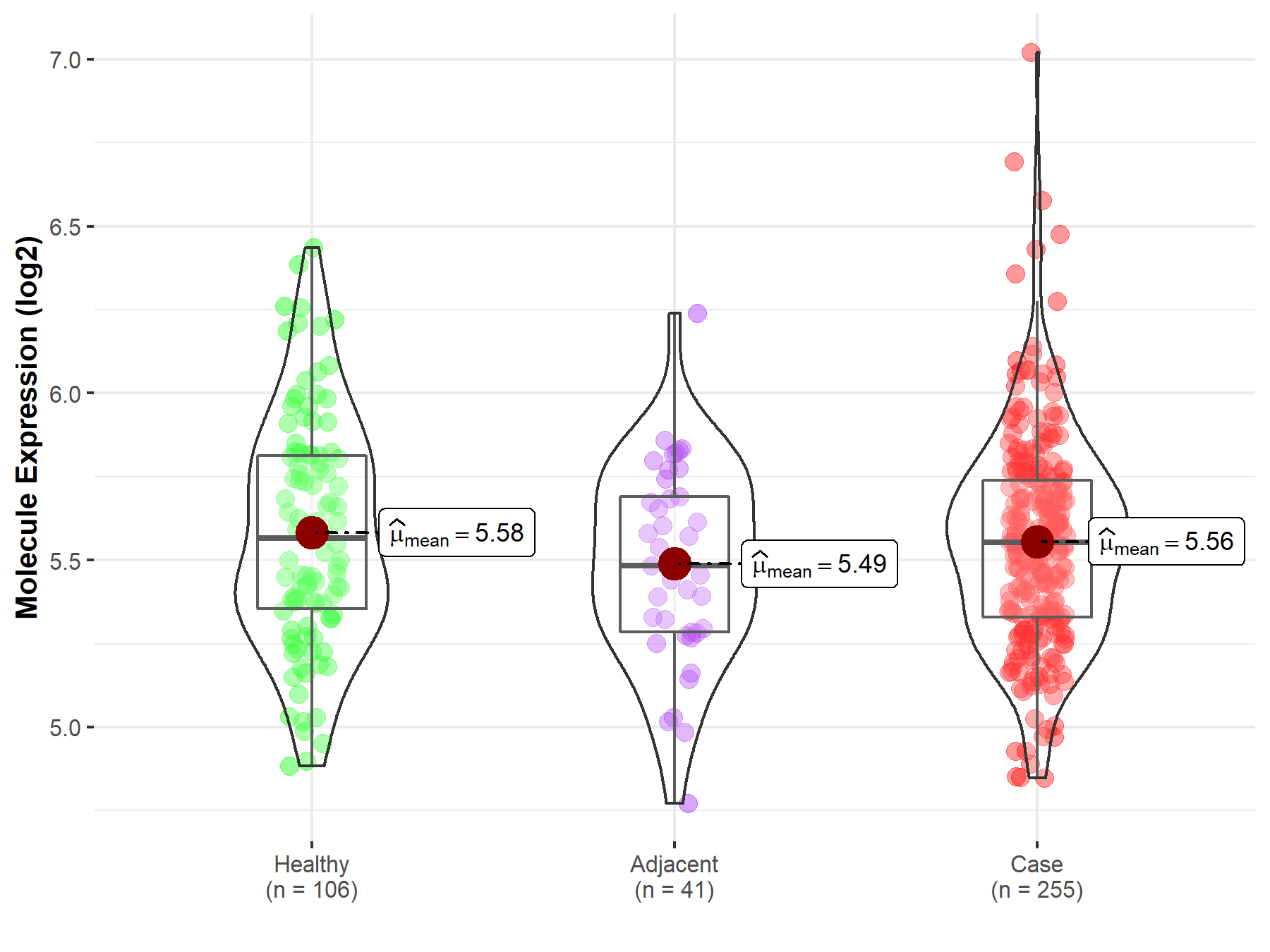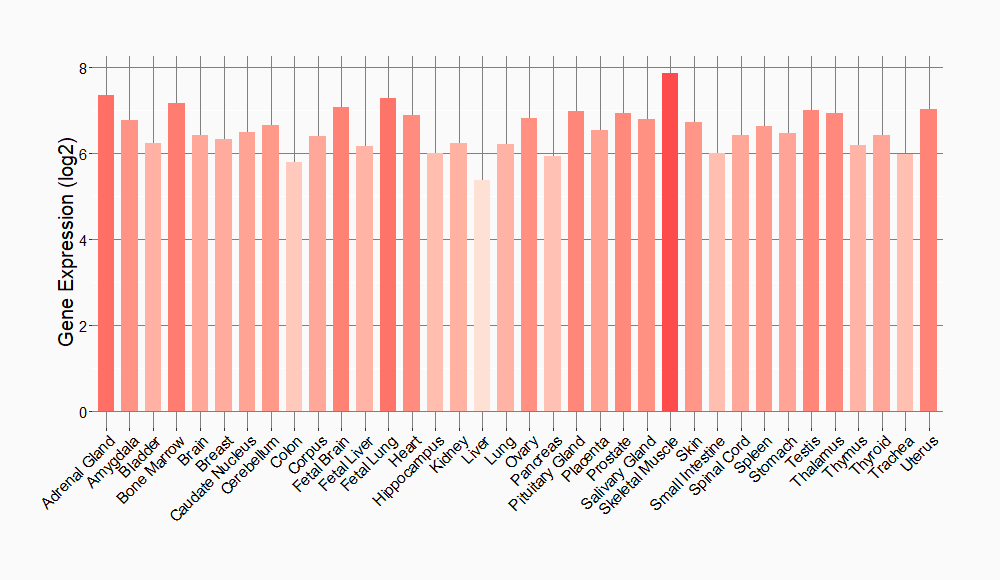Molecule Information
General Information of the Molecule (ID: Mol01885)
| Name |
Forkhead box K2 (FOXK2)
,Homo sapiens
|
||||
|---|---|---|---|---|---|
| Synonyms |
FOXK2; ILF; ILF1
Click to Show/Hide
|
||||
| Molecule Type |
Protein
|
||||
| Gene Name |
FOXK2
|
||||
| Gene ID | |||||
| Location |
chr17:82,519,713-82,644,662[+]
|
||||
| Sequence |
MAAAAAALSGAGTPPAGGGAGGGGAGGGGSPPGGWAVARLEGREFEYLMKKRSVTIGRNS
SQGSVDVSMGHSSFISRRHLEIFTPPGGGGHGGAAPELPPAQPRPDAGGDFYLRCLGKNG VFVDGVFQRRGAPPLQLPRVCTFRFPSTNIKITFTALSSEKREKQEASESPVKAVQPHIS PLTINIPDTMAHLISPLPSPTGTISAANSCPSSPRGAGSSGYKVGRVMPSDLNLMADNSQ PENEKEASGGDSPKDDSKPPYSYAQLIVQAITMAPDKQLTLNGIYTHITKNYPYYRTADK GWQNSIRHNLSLNRYFIKVPRSQEEPGKGSFWRIDPASESKLIEQAFRKRRPRGVPCFRT PLGPLSSRSAPASPNHAGVLSAHSSGAQTPESLSREGSPAPLEPEPGAAQPKLAVIQEAR FAQSAPGSPLSSQPVLITVQRQLPQAIKPVTYTVATPVTTSTSQPPVVQTVHVVHQIPAV SVTSVAGLAPANTYTVSGQAVVTPAAVLAPPKAEAQENGDHREVKVKVEPIPAIGHATLG TASRIIQTAQTTPVQTVTIVQQAPLGQHQLPIKTVTQNGTHVASVPTAVHGQVNNAAASP LHMLATHASASASLPTKRHNGDQPEQPELKRIKTEDGEGIVIALSVDTPPAAVREKGVQN Click to Show/Hide
|
||||
| Function |
Transcriptional regulator involved in different processes such as glucose metabolism, aerobic glycolysis and autophagy. Recognizes and binds the forkhead DNA sequence motif (5'-GTAAACA-3') and can both act as a transcription activator or repressor, depending on the context. Together with FOXK1, acts as a key regulator of metabolic reprogramming towards aerobic glycolysis, a process in which glucose is converted to lactate in the presence of oxygen. Acts by promoting expression of enzymes for glycolysis (such as hexokinase-2 (HK2), phosphofructokinase, pyruvate kinase (PKLR) and lactate dehydrogenase), while suppressing further oxidation of pyruvate in the mitochondria by up-regulating pyruvate dehydrogenase kinases PDK1 and PDK4. Probably plays a role in gluconeogenesis during overnight fasting, when lactate from white adipose tissue and muscle is the main substrate. Together with FOXK1, acts as a negative regulator of autophagy in skeletal muscle: in response to starvation, enters the nucleus, binds the promoters of autophagy genes and represses their expression, preventing proteolysis of skeletal muscle proteins. In addition to the 5'-GTAAACA-3' DNA motif, also binds the 5'-TGANTCA-3' palindromic DNA motif, and co-associates with JUN/AP-1 to activate transcription. Also able to bind to a minimal DNA heteroduplex containing a G/T-mismatch with 5'-TRT[G/T]NB-3' sequence. Binds to NFAT-like motifs (purine-rich) in the IL2 promoter. Positively regulates WNT/beta-catenin signaling by translocating DVL proteins into the nucleus. Also binds to HIV-1 long terminal repeat. May be involved in both positive and negative regulation of important viral and cellular promoter elements.
Click to Show/Hide
|
||||
| Uniprot ID | |||||
| Ensembl ID | |||||
| HGNC ID | |||||
| Click to Show/Hide the Complete Species Lineage | |||||
Type(s) of Resistant Mechanism of This Molecule
Drug Resistance Data Categorized by Drug
Approved Drug(s)
1 drug(s) in total
| Drug Resistance Data Categorized by Their Corresponding Mechanisms | ||||
|
|
||||
| Disease Class: Anaplastic thyroid cancer | [1] | |||
| Resistant Disease | Anaplastic thyroid cancer [ICD-11: 2D10.2] | |||
| Resistant Drug | YN-968D1 | |||
| Molecule Alteration | Expression | Up-regulation |
||
| Experimental Note | Identified from the Human Clinical Data | |||
| Cell Pathway Regulation | VEGFA/VEGFR1 signaling pathway | Activation | hsa05205 | |
| In Vitro Model | SkOV3 cells | Ovary | Homo sapiens (Human) | CVCL_0532 |
| H1975 cells | Lung | Homo sapiens (Human) | CVCL_1511 | |
| A2780 cells | Ovary | Homo sapiens (Human) | CVCL_0134 | |
| U2OS cells | Bone | Homo sapiens (Human) | CVCL_0042 | |
| HUT78 cells | Lymph | Homo sapiens (Human) | CVCL_0337 | |
| SH-1-V2 cells | Esophagus | Homo sapiens (Human) | N.A. | |
| In Vivo Model | Nude mouse xenograft model | Mus musculus | ||
| Experiment for Molecule Alteration |
Western blotting analysis | |||
| Experiment for Drug Resistance |
CCK-8 assay | |||
| Mechanism Description | On VEGFR2 blockage by specific targeting agent, such as Apatinib, FOXK2 could rapidly trigger therapeutic resistance. Mechanical analyses revealed that VEGFA transcriptionally induced by FOXK2 could bind to VEGFR1 as a compensation for VEGFR2 blockage, which promoted angiogenesis by activating ERK, PI3K/AKT and P38/MAPK signaling in human umbilical vein endothelial cells (HUVECs). Synergic effect on anti-angiogenesis could be observed when VEGFR1 suppressor AF321 was included in VEGFR2 inhibition system, which clarified the pivot role of FOXK2 in VEGFR2 targeting therapy resistance. | |||
Disease- and Tissue-specific Abundances of This Molecule
ICD Disease Classification 02

| Differential expression of molecule in resistant diseases | ||
| The Studied Tissue | Thyroid | |
| The Specified Disease | Thyroid cancer | |
| The Expression Level of Disease Section Compare with the Healthy Individual Tissue | p-value: 4.87E-01; Fold-change: -1.25E-02; Z-score: -3.61E-02 | |
| The Expression Level of Disease Section Compare with the Adjacent Tissue | p-value: 1.88E-01; Fold-change: 6.91E-02; Z-score: 2.35E-01 | |
|
Molecule expression in the normal tissue adjacent to the diseased tissue of patients
Molecule expression in the diseased tissue of patients
Molecule expression in the normal tissue of healthy individuals
|
||
| Disease-specific Molecule Abundances |

|
Click to View the Clearer Original Diagram |
Tissue-specific Molecule Abundances in Healthy Individuals


|
||
References
If you find any error in data or bug in web service, please kindly report it to Dr. Sun and Dr. Zhang.
